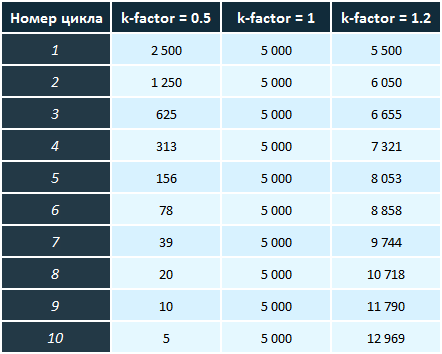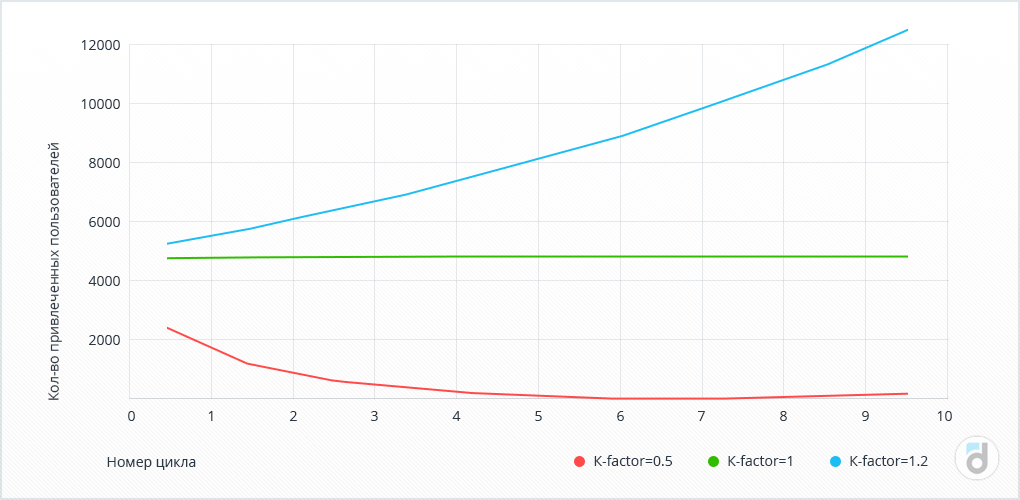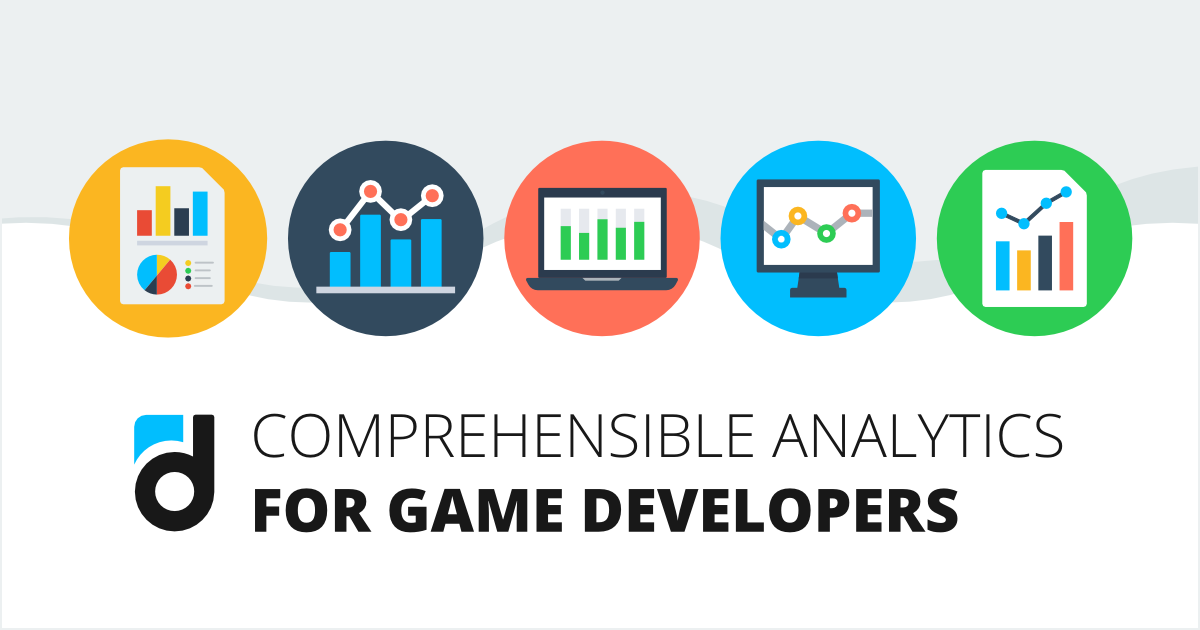Is it possible to calculate the virality of the project and with the help of which formulas it is possible to do this, – Vera Karpova, an analyst at devtodev, tells on our pages.
The publication is published as part of a series of materials about game metrics from App2Top.ru and devtodev. The articles are divided by season, each of which is dedicated to a specific topic. The second season is called “Users”. In it, we talk about those business metrics that reflect the effectiveness of the application in terms of working with the audience.

Vera Karpova
Sometimes, when we need to solve an issue in which we are not very competent, we turn for information to friends who have experience in the right field.
And most often, friends or colleagues advise us a service / person / application with which they had a positive experience in solving our issue. Well, we, following the advice and receiving a high-quality service, in turn, will tell our friends about it.
This process, when users share information about a product with their social circle, is called virality.

The spread of information about the application can be measured, characterized by such an indicator as the k-factor, which is sometimes called the “viral coefficient” or “virality coefficient”.
There are several options for calculating the k-factor. All of them are quite different from each other, and some formulas include parameters that cannot always be accurately tracked. Here is the most popular formula that can be found most often for calculating the virality coefficient:
K-factor = Sent invites * Conversion
In it, Sent invites is the average number of invitations sent by the user, and Conversion is the conversion from receiving an invitation to installation.
Then the number of new users who will be invited by the project users can be calculated using the formula:
New users = Active users * k-factor
For example, each user of the application will invite 2 of his friends who will install the application with a conversion rate of 10%, that is, only every 10th of those who received the invitation will install the application.
Then:
k-factor = 2 * 10% = 0.2
This means that every 1000 users will bring 200 more to the application.
But this is not the end of the cycle. The invited 200 users can invite their friends (200 * 0.2 = 40), and those, in turn, will also invite acquaintances (40 * 0.2 = 8), and so on indefinitely.
It turns out that the number of users attracted due to virality in one cycle can be calculated as follows:
New users (1) = Active users * k-factor
And the number of users on subsequent cycles is as follows:
New users (n) = New users (n-1) * k-factor
And the greater the k-factor, the faster the audience of the product grows.
The number of users of the project also matters, because they are the ones who will distribute information about the product. Therefore, the more users there are, the more people they will tell about the application.
Let’s take an example of how the k-factor values affect the nature of audience growth. Let’s say that initially 5,000 users start distributing information about the product. Let’s see how many new users will be in the project by the end of the 10th cycle with different values of the k-factor:


If the k-factor is greater than 1, then this will lead to an independent growth of the project’s audience, if less, then the number of attracted users and the total audience will gradually decrease if other channels of attraction are not used. This is due to the fact that in any product there is an inevitable outflow of users, which must be compensated by attracted new users. By increasing virality and k-factor, this can be done for free. Otherwise, you will have to grow the audience at the expense of “paid” users.
Based on our experience, here’s what you can do in order to increase the k-factor and increase the number of attracted users:
- provide an opportunity to invite friends and create the necessary conditions and incentives, for example, sharing content or bonuses for inviting a friend;
- create high-quality content that I would like to share;
- make the possibility of sharing easily accessible;
- to enable users to share their achievements in the application via social networks, which can be especially relevant in games (for example, winning at any level), fitness trackers (overcoming a long distance), educational applications (learning 5,000 foreign words).
It also makes sense to reduce the time that passes from the moment the user installs the application to the installation of the application by his friend. There are several stages between these two events that affect the speed of product information dissemination, and are often called the viral cycle. During the viral cycle, the user installs the application, gets a positive experience from using it, tells a friend about the product, and a friend, and not everyone, installs the application. All this takes time, slowing down the growth of the product.
Now let’s go back to the formula that was used at the very beginning for the calculation. It involved parameters such as sent invitations and the conversion from such an invitation to the installation.
The disadvantage of this approach is that users do not always share information about the product by sending invitations, and not all applications have such functionality. You can tell about the application in a personal conversation, and by sending a link to the application in a messenger or social networks. And it is impossible to track such actions, as well as their conversion. Therefore, this formula has a lot of limitations and its use is unlikely to lead to an unambiguously accurate calculation of virality.
There are several other calculation options:
k-factor = (installs – paid installs) / paid installs
In this case, we calculate the number of players invited by “paid” users.
But if information about the application is distributed by all users of the product, and not just those attracted for money, then you can change the denominator to take into account this nuance.
k-factor = (installs – paid installs) / active users
Perhaps this is the most optimal and universal formula, independent of parameters that cannot always be accurately measured.
Virality is one of the most important indicators of the project, which indicates the ability of the product to grow independently and without the cost of attracting users, characterizes the speed of its growth, popularity in the market. Virality can be artificially provoked by motivating users to share information. However, for this process to be successful, the product still needs to be good and liked by users. Perhaps, only in this case it is possible to achieve high k-factor indicators, bringing it closer to 1.
See also:

